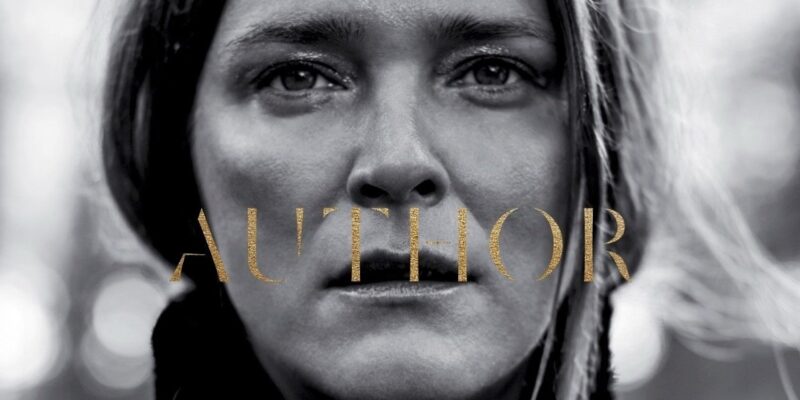The 1980s were a transformative decade for art in Paris, marked by bold experimentation, artistic crossovers, and the rise of new movements. Known for its rich artistic heritage, Paris continued to be a global hub for innovation during this vibrant era, attracting artists from all over the world. As featured in Author Magazine, this period saw Parisian art evolve in unexpected ways, reflecting the social, political, and cultural shifts of the time. In this article, we delve into the world of Parisian art in the 1980s, exploring the key movements, influential artists, and the lasting impact of this dynamic decade on the global art scene.
The Influence of Neo-Expressionism on Parisian Art
The 1980s were characterized by a revival of figurative painting and bold, emotional expression. Neo-Expressionism, which emerged in the late 1970s, quickly gained traction in Paris throughout the following decade. This movement, which focused on raw, emotive, and often distorted representations of the human figure, had a significant influence on Parisian art in the 1980s.
The Rise of Street Art and Graffiti
In the 1980s, Paris witnessed the emergence of street art and graffiti as significant forms of artistic expression. Artists such as Blek le Rat, Miss.Tic, and Jef Aérosol began to decorate the city’s walls with large-scale murals and provocative graffiti, turning Parisian streets into a living canvas. This new form of public art gained widespread popularity, reflecting the growing influence of urban culture on the global art scene.
Postmodernism and Conceptual Art
The 1980s were also a time when postmodernism and conceptual art took hold in Paris. This intellectual and artistic movement challenged traditional ideas of art-making, pushing boundaries and redefining what art could be. Artists began to focus on the ideas and concepts behind their works rather than the final product itself.Artists like Daniel Buren and Christian Boltanski were key figures in this shift, with their works focusing on the interplay of space, context, and perception. Buren, for example, became famous for his use of stripes in his installations, often transforming architectural spaces into visual puzzles that invited viewers to rethink the art viewing experience.
The Role of Women Artists in the 1980s Parisian Art Scene
The 1980s saw a surge in the visibility of women artists within the Parisian art world, reflecting broader societal changes regarding gender and equality. Artists like Annette Messager, Sophie Calle, and Kiki Smith began to make a significant impact with their innovative works, exploring themes of identity, sexuality, and the female experience.
The Impact of Globalization on Parisian Art
The 1980s also marked a significant shift in the globalization of art. As the art world became more interconnected, Paris played a central role in the movement of ideas and artists across borders. During this time, Parisian galleries began to showcase more international artists, leading to a greater exchange of ideas and influences. African, Asian, and Latin American artists began to gain recognition in Paris, bringing new perspectives and styles to the city’s art scene.
Iconic Parisian Art Venues of the 1980s
During the 1980s, several iconic Parisian venues solidified their reputations as cultural hubs for contemporary art. The Centre Pompidou, with its futuristic architecture and commitment to showcasing avant-garde works, continued to be at the forefront of innovation. Meanwhile, galleries like Galerie Durand-Dessert and Galerie Yvon Lambert played key roles in promoting both French and international artists, establishing Paris as the place to be for cutting-edge art.
The Legacy of 1980s Parisian Art
The impact of Parisian art in the 1980s continues to be felt today. The fusion of diverse artistic movements, from Neo-Expressionism and street art to conceptualism and postmodernism, laid the groundwork for many contemporary art practices. The 1980s were a defining period for the Parisian art scene, one that celebrated experimentation and broke down traditional boundaries.
Parisian Art in the 1980s as Covered in Author Magazine
As featured in Author Magazine, Parisian art in the 1980s was a time of immense change, creative exploration, and artistic freedom. Through its focus on contemporary art movements, the magazine continues to spotlight the lasting legacy of this transformative decade. By offering in-depth interviews, reviews, and features, Author Magazine showcases how the innovations of the 1980s Parisian art scene continue to shape the global art landscape today.
Conclusion
The 1980s were a pivotal decade for Parisian art, characterized by bold experimentation, the rise of new artistic movements, and an increased global exchange of ideas. From the emotional intensity of Neo-Expressionism to the urban revolution of street art, Paris played a central role in shaping the direction of contemporary art. With its open-minded approach to experimentation and its celebration of diverse artistic voices, the Parisian art scene of the 1980s remains one of the most influential periods in art history, continuing to inspire artists and art lovers around the world.
